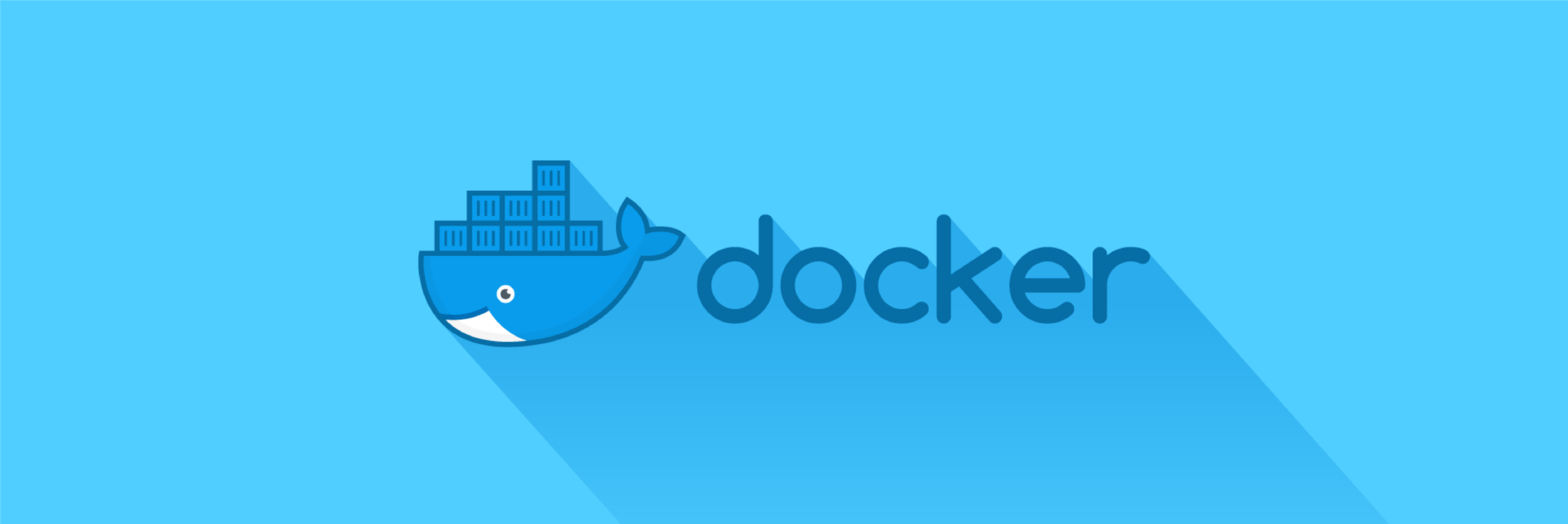
Consumer NVIDIA Graphics Cards for Kubernetes Workloads
Preface In the guide, I will target utilizing consumer-grade graphics such as the GTX and RTX series of graphic cards from NVIDIA for container workloads on Kubernetes. If you have read through my previous posts , I am migrating the services I used to host on plain old docker-compose to Kubernetes. One such workload was Jellyfin, which was hobbling when using its transcoding feature on the puny Intel Iris Plus 655 integrated graphics. When I bought new hardware for the new cluster, I picked up an NVIDIA T400 to go along with it. Although not squarely consumer-grade, it is very similar to one, as in, there is no support for it in ESXi for GPU virtualization or anything special like that. ...


